What's up: Sport for people with disabilities
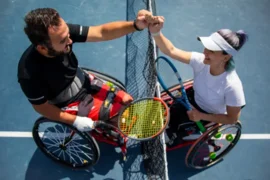
In this month’s What’s up student column EUSA European Solidarity Corps volunteer Heloise Bargeot focuses on the topic of Sport for people with disabilities, on the occasion of the upcoming International day of People with disabilities', commemorated on 3rd of December, every year.
To begin with, I will point out some statistics to have a better understanding of the sport's practice of disabled people in Europe. Did you know that 1 disabled person of 2 never didn’t participate to sport activities or hobbies in 2011 according to European forum of disabled people? As a more recent information, in 2022 there were 87 million of European people who presented a handicap, so 1 European on 4. These number raise up in the last years, as well as the necessity for their better inclusion in sport, has become even more present.
Most of the time, a simple question raises: Why sport is so important for and to disabled people?
There are many confirmed reasons, such as: improvement of the health and daily life, to help strengthen the overall well-being, to enhance better muscle core, better mental health, to offer better social integration and diversity, as well as decreasing stress and anxiety, improving self-esteem, and increase happiness.
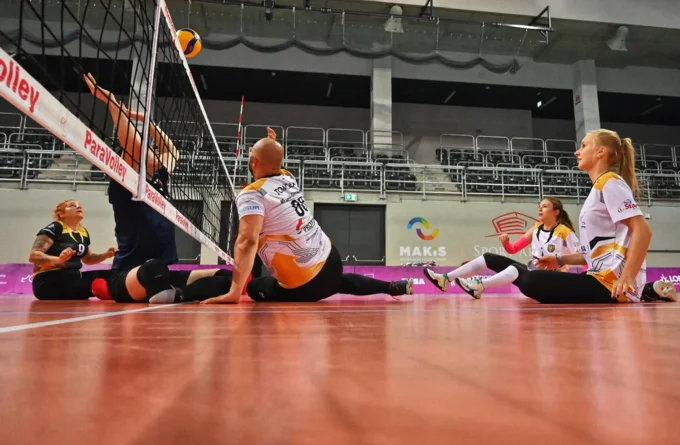
Sport, particularly the Paralympic Games and other sporting opportunities, has helped bringing visibility to disability, a long-standing issue that society has often overlooked and discriminated against. It has facilitated the normalization of the perception of disability, thanks to events that are increasingly broadcasted on television. In this way, sports play a crucial role in changing societal attitudes toward disabilities. That's why it's important to continue promoting these sporting events, which currently garner the highest viewership among disability-related events. Ongoing inclusion of disability in sports will contribute to raising awareness and changing attitudes toward disabilities.
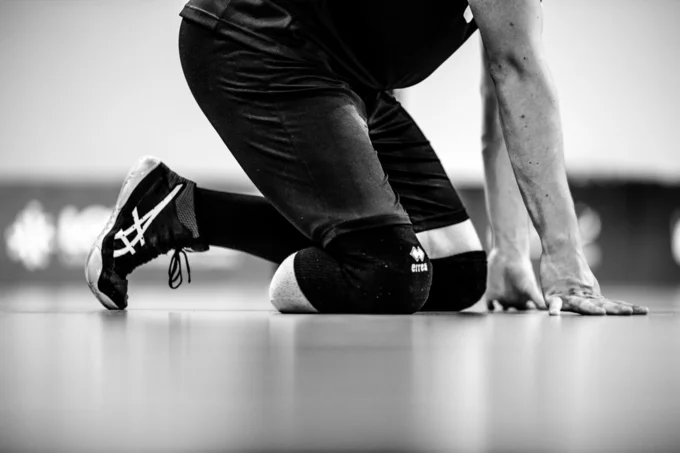
My personal experience with getting to know more around disabilities and meet people with disabilities, has happened within my sporting community, resulting with continued broadening of my personal interest in understanding more during my studies.
I had the chance to be in a fencing club which included disable people in the trainings and competitions, making a mixed inclusive environment for all the present athletes, where we had the chance to do practice in wheelchair along with the disabled athletes. For us, this led to getting to know another approach of our sport, focusing on our arms and abdominal muscles, as well as giving us great moments that we have shared with fellow para-athletes.
I even got the chance to gain a friend thanks to this opportunity through my sport club. This possibility was also beneficial for my friend, since this was the only time during the week where she had the chance to interact with people without disabilities. For both of us, this was a great chance to learn more about our lifestyles and sport.
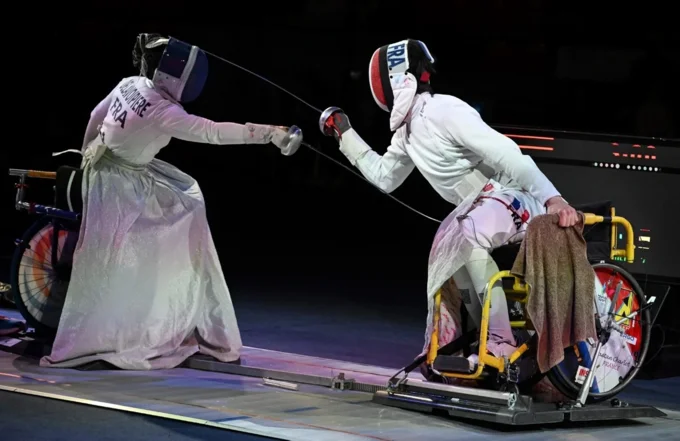
When we speak about sport for people with disabilities, we have to think on how can we promote sport for disabled people and what are the principal obstacles related to inclusion in sport?
My focus will be on the technical aids as a essential necessity for people with disabilities, not keeping aside the other important obstacles such as the discrimination or media coverage, for example. When we speak about the technical aids, I think about for wheelchair adapted sport facilities, prothesis sport, adapted sport gear, etc. This question of the technical aids is not new, it is in the heart of the definitions of different disabilities, as well as in the different perspectives regarding disabilities and regarding different opportunities for disabled people.
The goal of this example is to showcase the importance of the accessibility, to begin with, in the society and especially when it comes to equipment, as an essential tool for disabled people to be able to do sport.
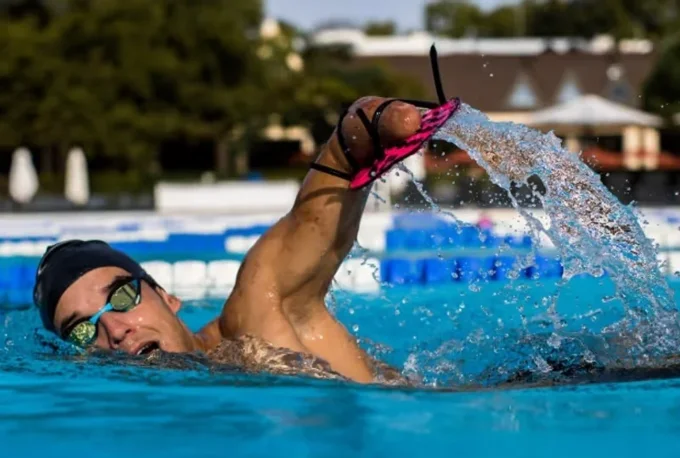
Compared to the people without disability, the cost to practice sport for disabled people can be very expensive, since most of the equipment is made to measure. In this way, it’s necessary to help clubs, organisations, universities, and sports persons in getting this equipment and offering it as a starting point and aid in when creating an inclusive sporting environment for disabled people.
To complement the technical aids, there needs to be a modification of the sport techniques, where coaches adapt drills and activities all the time for athletes who don’t understand the drill, cannot do it correctly, or must do it differently. Many sports for people with disabilities also have modified rules because of the different nature of the competition. In my opinion, to increase the participation of people with disabilities in sport, we should start from making local opportunities and accessible spaces, as the first step that can lead to better and bigger inclusion of people with disabilities, as well as opening chances and opportunities for them to perceive an international career and get to participate in bigger sports events.
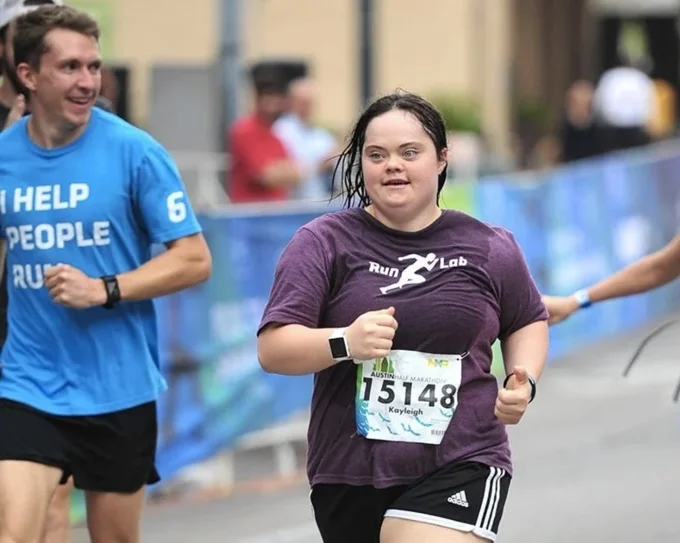
When it comes to better inclusion, every attempt to promote inclusion needs to be an understanding of the barriers that prevent disabled people from participating in the first place, as well as is understanding the diversity of experiences among the community. The term ‘disabled’ covers a very broad range of conditions, from physical impairments to learning disabilities and more.
But as a most important conclusion when it comes to creating safe spaces and creating more inclusive sporting opportunities for disabled people, we need to tackle all the barriers and issues collaboratively, meaning the more that organisations can work together to pool expertise, insight, and resources, the more coherent – and, often, effective – the result will be.
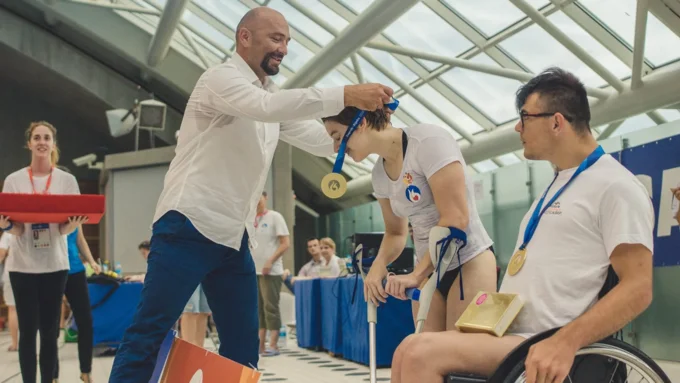
The author of this article Heloise Bargeot holds a master’s degree in sociology from the University of Paris Cite. She is currently a volunteer with the European University Sports Association as part of the European Solidarity Corps.
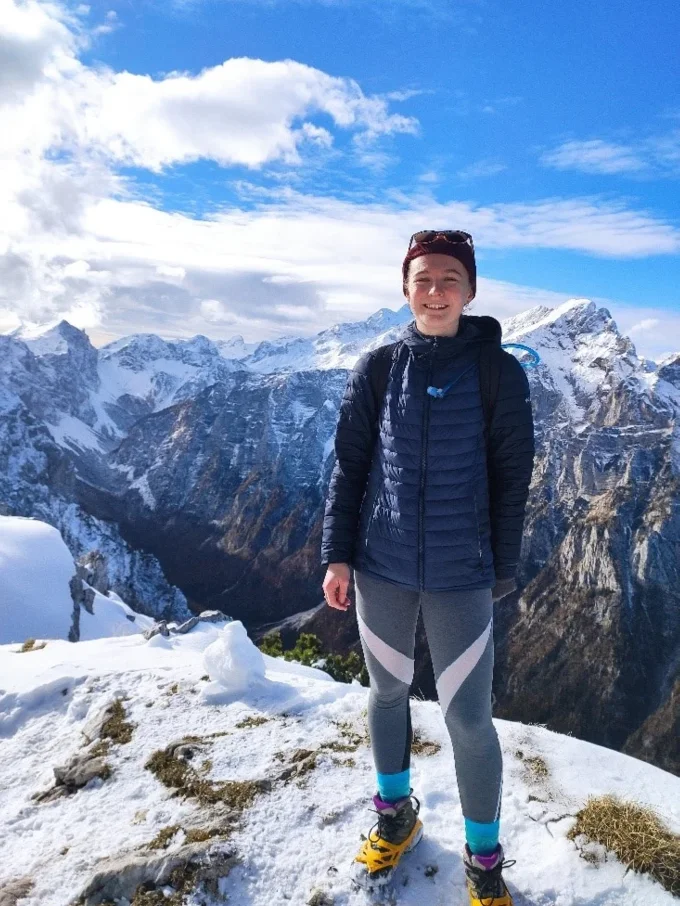
Are you a student with an opinion? We are looking for new contributors for our student column every month. Feel free to contact stc@eusa.eu to offer a piece or propose a topic.
